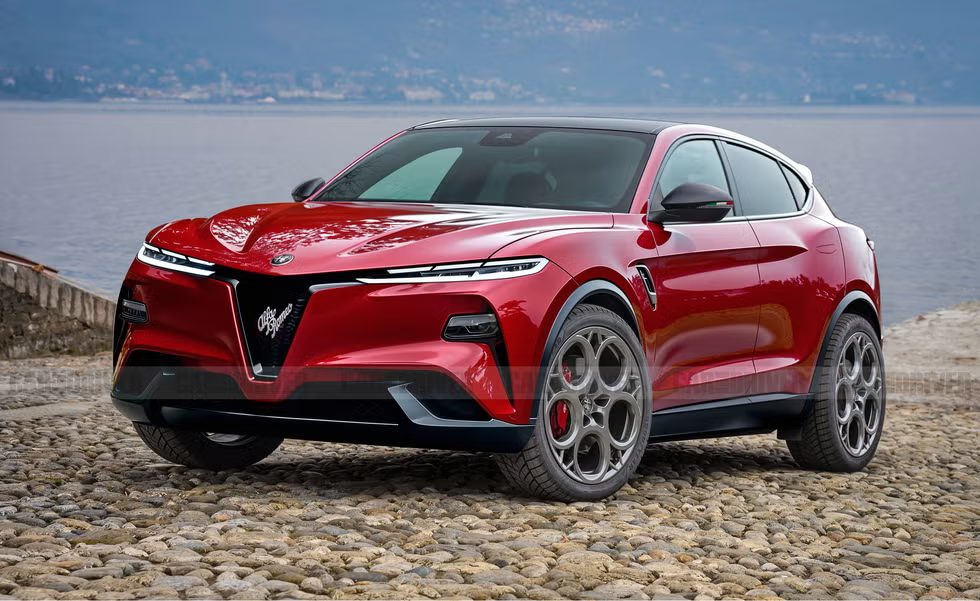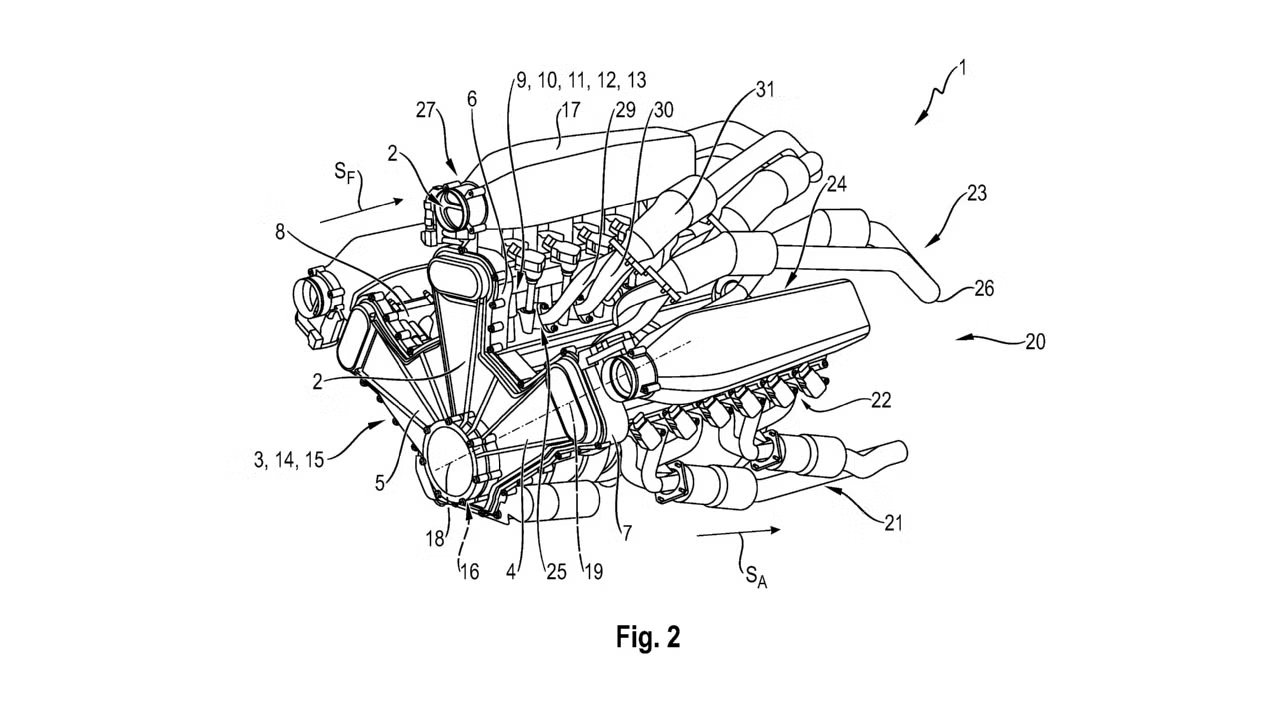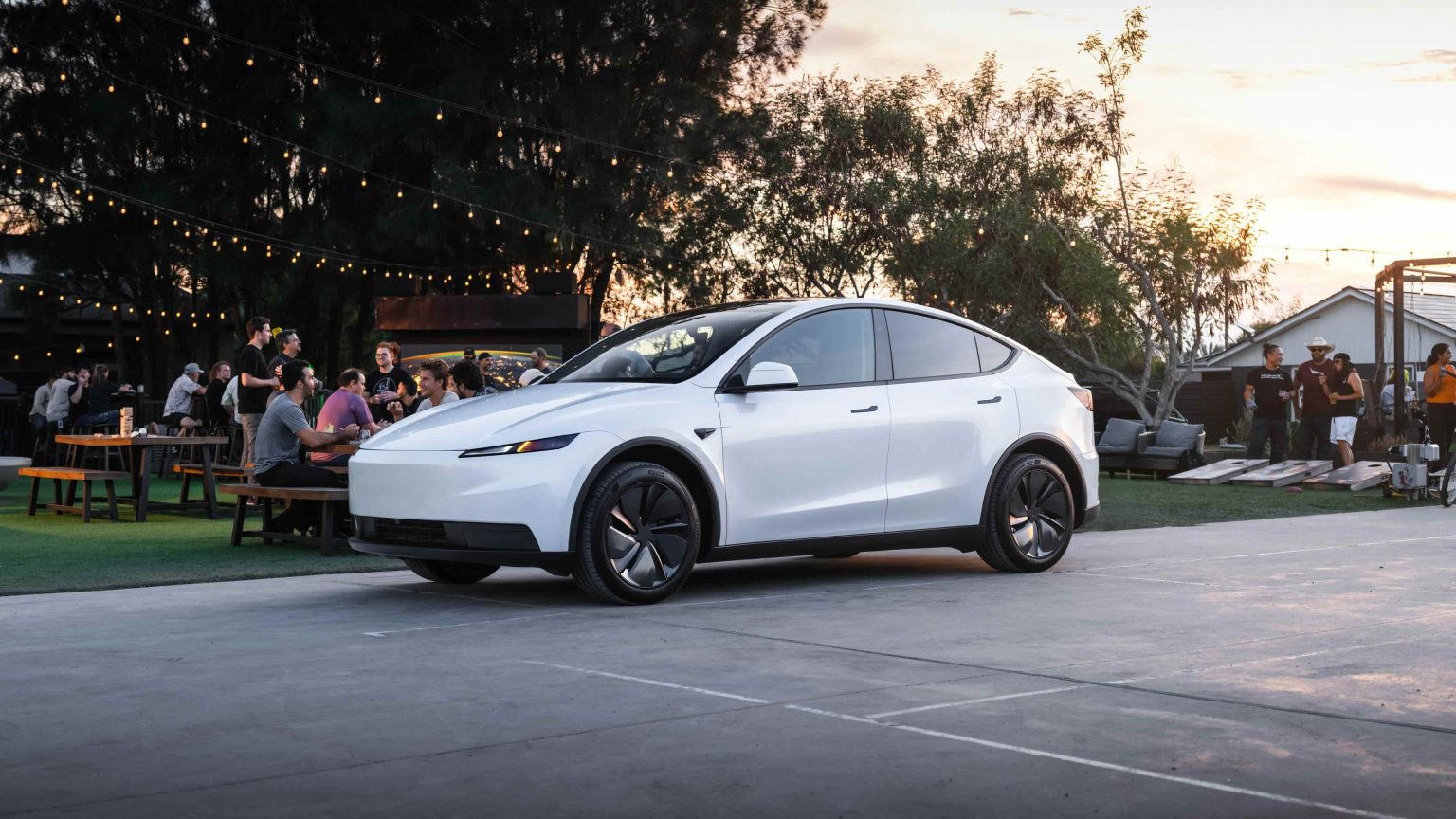China’s EV Battery Output Soars: A 44% Surge in First Nine Months of 2025
Reports on manufacturing, labor and earnings with clear, practical context. Drives a Tesla Model 3 RWD; family hauler is a Volvo XC60.
In a striking testament to China's growing prowess in the electric vehicle (EV) sector, the country's power battery output has reached 1,122 GWh within the first nine months of 2025. This marks a significant 44% increase compared to the previous year, underscoring China's pivotal role in the global transition to electric mobility.
The rapid growth of China's EV battery production is primarily driven by the country's leading manufacturers, CATL and BYD. These companies have cemented their dominance in the power battery market, with CATL particularly excelling in the production of lithium iron phosphate (LFP) batteries. This is significant as LFP batteries are increasingly favored for their safety and cost-effectiveness, albeit with a slightly lower energy density compared to ternary batteries. September alone saw total production reaching 151 GWh, a 50% year-on-year increase, reflecting robust demand both domestically and internationally.
China's battery output isn't solely for domestic consumption; a substantial portion is exported globally, catering to the burgeoning demand for new energy vehicles (NEVs). The proportion of batteries installed in vehicles has remained consistent at 44% throughout 2025, with an increasing preference for LFP batteries, which now account for 52% of installations in September, surpassing the 44% share of ternary batteries. This shift highlights a notable industry trend towards safety and cost-efficiency over maximum energy density.
In the competitive landscape, the transition towards LFP technology has reshaped market dynamics. While CATL continues to lead, other companies like EVE Energy and CALB are gaining ground, showcasing impressive growth. BYD's strategic pivot towards LFP has bolstered its market position, whereas companies such as Gotion High-Tech and EVE Energy have also ramped up their production capabilities, reflecting a broader industry shift towards this battery type. This transition is further evidenced by a decline in battery packs with energy densities above 160 Wh/kg.
The industry's expansion is supported by data from the China Automotive Power Battery Industry Innovation Alliance, which reported a combined battery output of 139.6 GWh in August 2025 alone. This represents a 37.3% year-on-year increase, with total production from January to August reaching 970.7 GWh, marking a 54.3% annual rise. Such figures highlight the sustained growth and resilience of China's battery manufacturing sector despite global economic challenges.
The implications of this growth are far-reaching, positioning China as a key player in the global EV market. As other nations strive to meet their climate targets, China's advancements in battery production provide a critical backbone for the global shift towards sustainable transportation. The ongoing innovation and capacity expansion in China's battery sector are likely to enhance the competitiveness of Chinese EVs on the global stage, potentially reshaping market dynamics and accelerating the transition to green energy.
About Priya Nair
Reports on manufacturing, labor and earnings with clear, practical context. Drives a Tesla Model 3 RWD; family hauler is a Volvo XC60.



